Parents often use life estates to leave the family home to children, while remaining in the house for the rest of their lives. However, sometimes things don’t work out as intended. If and how changes may be made to a life estate is the focus of a recent article “How to Remove Someone from a Life Estate” from Yahoo! Finance. For the life estate to be flexible, certain provisions must be in the document when it is first created. An experienced estate planning attorney is needed to do this right.
A life estate allows two or more people to jointly own real estate property. One person, referred to as the “life tenant” has ownership of the property for as long as they live. The other person, called the “remainderman,” takes possession only after the life tenant’s death. Multiple people can be named as life tenant and remainderman. However, the more people involved, the more complicated this arrangement becomes.
The remainderman has an unusual position. They don’t have full possession of the property until the life tenant dies, yet they have an interest in the property. The life tenant is not allowed to do certain things, like take out a mortgage or sell the property, without the consent of the remainderman.
The remainderman must agree to any changes in any person or persons named as other remainderman. If there’s more than one, which happens when there’s more than one adult child, for instance, all of the remaindermen must agree, before any names on the life estate can be removed or changed.
If one of the remainderman becomes heavily indebted, has a contentious divorce, or is sued for a considerable sum, their share of the property could be lost to creditors, ex-spouses, or adversaries. In that case, removing the problematic remainderman could protect the value of the home.
Most life estates are irrevocable, and the laws concerning life estates vary by state.
One way to work around the need for remainderman approval, is to use a Testamentary Power of Appointment, a clause in a will permitting the life tenant to change the person to whom the property will be left upon death. Invoking the Power of Appointment doesn’t make the life estate invalid, so the tenant is still constrained from selling the property or taking any other actions without permission from the remaindermen.
The testamentary power of appointment does give the life tenant some negotiating muscle but must be built into the documents from the start.
Another trust used in this situation is the Nominee Realty Trust. This is a revocable trust holding legal title to real estate. A property owner files a new deed transferring ownership to the nominee realty trust. The trust specifies who receives the property after the owner’s death. The grantor of the nominee trust can direct the actions of the trustee, so the life tenant has the legal ability to tell the trustee to change the names of the remaindermen. This flexibility may be desirable when the children are problematic. This has to be set up when the life estate is first established.
There are occasions when the remainderman wants to terminate the interest of the life tenant. This is actually easier than removing or changing the remainderman but requires the life tenant to do something particularly egregious or illegal. The life tenant has certain rights: to rent out the property, to change or improve the property—as long as the property is being improved. The life tenant is responsible for paying taxes, maintaining the property and avoiding any liens being placed on the property.
If the life tenant does not fulfill their responsibilities or allows the property to lose value, it may be possible for the remainderman to have the life tenant’s interest terminated. However, that depends upon the provisions in the life estate. This option should be discussed and planned for when the life estate is created.
Reference: Yahoo! Finance (Dec. 16, 2021) “How to Remove Someone from a Life Estate”







